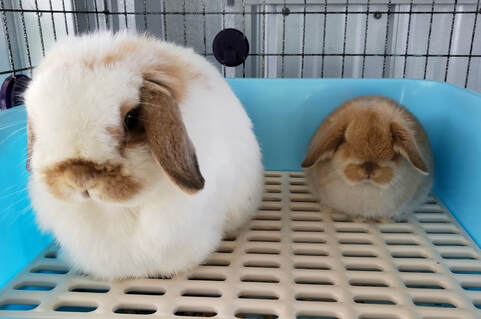Litter Training Your Rabbit4/10/2016
|
♥ Welcome! ♥ Hook's Hollands is a small hobby rabbitry on our Ohio farm and is operated by me (Diane) with the help of my family. All of my bunnies are pampered pets whom I adore. This blog serves to spotlight various bunny care topics and share a bit about my 365-days-a-year-with-no-vacations experiences raising bunnies. Categories
All
Archives
February 2021
|




 RSS Feed
RSS Feed


